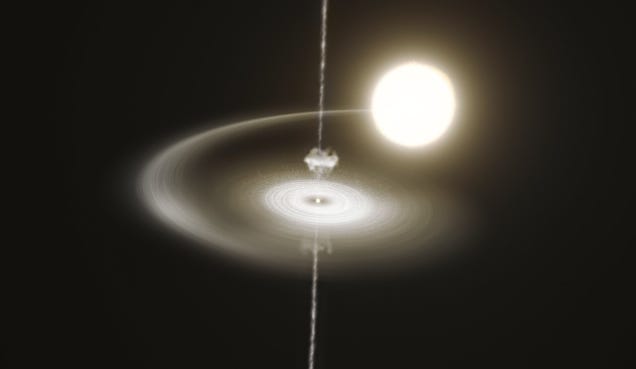Get the latest tech news
A Predicted 'New Star' Didn't Appear in the Night Sky. Astronomers Expect It Soon
Space.com calls it "the once-in-a-lifetime reignition of a long-dead star in an explosion powerful enough to briefly match the brilliance of Polaris, the North Star." In March CNN promised this once-every-79-years event would happen "anytime between now and September." But it didn't... Space.c...
Every 80 years or so, the white dwarf manages to accumulate enough mass to trigger a nuclear explosion, sparking an outburst that boosts its typically dim magnitude of 10 to a bright 2.0 — that should look like a "new star" in the night sky to us... "We know it has to happen," astrophysicist Elizabeth Hays, who is watching T CrB every day using NASA's Fermi gamma-ray space telescope, told Space.com in a recent interview. The article points out that last time there was an eruption, "there were no X-ray or gamma-ray telescopes in space, so there is no data from wavelengths other than optical to shed light on what happened before the outburst."
Or read this on Slashdot
